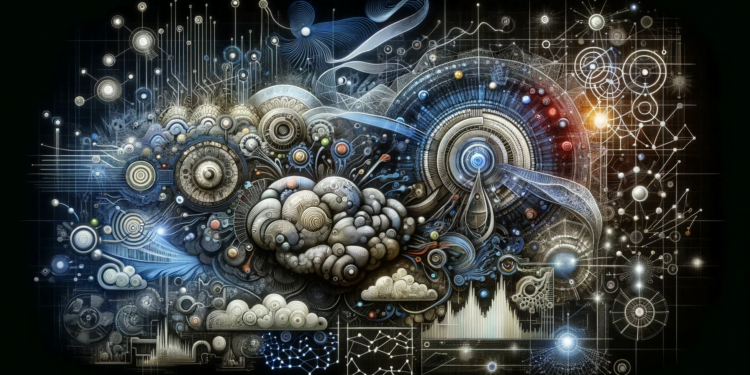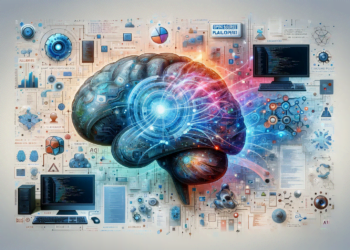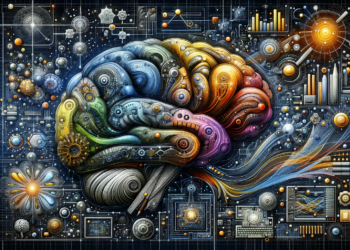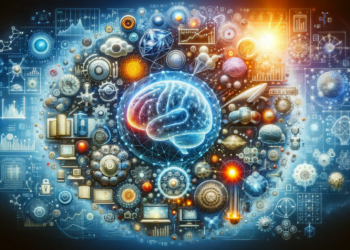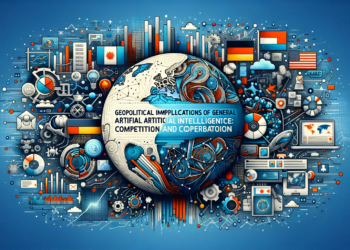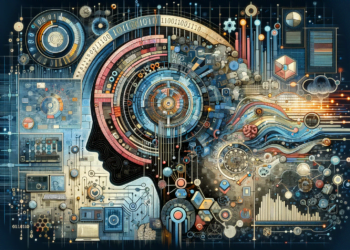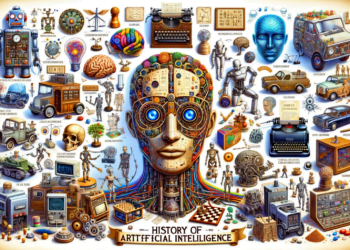Unsupervised learning represents a crucial paradigm in the field of artificial intelligence (AI), particularly in the pursuit of general artificial intelligence (AGI). This approach focuses on discovering hidden patterns in unlabeled data, dispensing with the direct supervision characteristic of supervised learning. In this review, we explore the most advanced methodologies of unsupervised learning and their potential contribution to the conceptualization and practical development of AGI systems.
Advanced Clustering and Dimensionality Reduction
Clustering is one of the fundamental mechanisms of unsupervised learning, allowing for the grouping of similar data points. Algorithms like K-Means, DBSCAN, and hierarchical algorithms have been adapted to specific domains by introducing context-invariant similarity metrics and robustness against the high dimensionality of data.
Within this context, dimensionality reduction emerges as a vital complementary technique. Principal Component Analysis (PCA) and t-SNE have positioned themselves as traditional methods. However, recent techniques such as Variational Autoencoders (VAEs) and Uniform Manifold Approximation and Projection (UMAP) have proven to be more effective. These methods not only reduce dimensionality but also learn data representations in richer latent spaces that better capture the topological structure of the original data.
Generative Models
Generative Models, particularly Generative Adversarial Networks (GANs), have revolutionized the generation of synthetic data. Their architecture, consisting of a generator and a discriminator network, operates on a game theory scheme, iteratively improving the quality of generated data. Variants such as Conditional GANs (cGANs) and GANs with Gaussian Processes have enhanced the flexibility and applicability of generative models.
Autoencoders and Latent Representations
Autoencoders, through encoder and decoder structures, have enabled a vast array of applications in latent representations and anomaly detection. Advances allow not just the reconstruction of data but also the generation of new instances and the unsupervised learning of features. Sparse autoencoders, for their part, introduce the concept of sparsity in the latent space, taking the learning of representations to a new level of discrimination and generalization.
Reinforcement Learning and Autonomous Exploration
An emerging area in unsupervised learning is Reinforcement Learning (RL), where autonomous agents learn to act in an environment in order to maximize a reward. Methods like the Intrinsic Curiosity Module (ICM) and Hindsight Experience Replay (HER) incorporate a component of autonomous and intrinsic exploration, encouraging the agent to explore unknown environments without predefined extrinsic rewards.
Conclusions and Future Directions
Advancements in unsupervised learning techniques have opened new avenues towards AGI, promoting systems that can learn autonomously and adaptively in complex and dynamic environments. As these techniques are refined and converge, the generalization capacity of AI systems tends to increase, bringing us closer to the utopian goal of AGI. In the future, it is plausible to anticipate that the development of new learning paradigms, possibly hybrid ones, will continue to strengthen the conceptual core of artificial intelligence, transforming not just our technological tools and applications, but the very essence of our conceptions about intelligence and machine learning.

